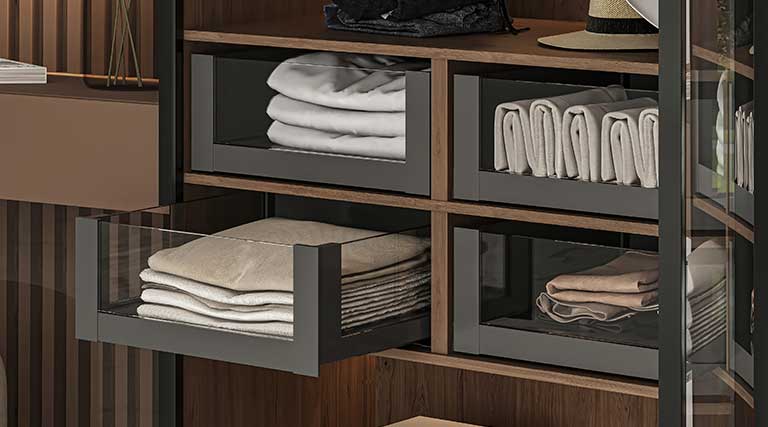Do you have a hardware store? Then you have a treasure. Because these businesses are the oldest around, with the best results and, of course, no matter what happens, clients still have to go and shop or make their orders.
Hardware stores are never outdated, they are always necessary but, unfortunately, something in which most all of them fail, is knowing how to organise a warehouse, to carry out proper management and organisation, and therefore control stock efficiently and increase profits,
In Emuca we trust in you, so follow our advice and you’ll have a functional and advantageous warehouse for your business.
Benefits of having a well organised warehouse
DIY centres, must, no matter what, have a well ordered warehouse. The benefits or this are endless, and above all, unquantifiable.
These include:
Cost reduction
When our warehouse is tidy and organised, it means that the products are better distributed, segmented and quantified. This means that available space is better used and you avoid, or at least reduce, losses or product deterioration, costs are reduced and you obtain a better return.
Customer service
Inevitably, this leads to a much better order management. Consequently, by knowing how to organise a warehouse, we are helping our business to be more competitive, increase the number of sales and obtain greater client satisfaction.
Reduction of administrative tasks
It goes without saying that, when our hardware store’s warehouse is well organised, administrative tasks are reduced. Coherent and effective management reduces the administrative workload and, at the same time, increases productivity.
Quality before anything else
Another great advantage of knowing how to organise a warehouse and implementing it is that the value chain of each product is maintained, making it much simpler to follow the sector’s and the manufacturer’s legal regulations maintain our quality.
Advice on how to organise a warehouse
What is imperative to keep a DIY warehouse tidy is to optimise the maximum the available space. Below is some advice on how to implement it with the maximum efficiency.
Take advantage of height
Floor space is important but we sometimes forget that height is also important. Take advantage of all the vertical space so you can make better use of it.
You can choose to install industrial hardware store shelving that includes several storage levels, self-supporting structures, a mezzanine and walkways…
Narrower aisles
Even if having wide aisles might seem nicer and more comfortable, in DIY centres, the storage area needs to be organised in order to be practical and productive. And even if comfort is fundamental, we just need enough space to be able to move between the different aisles and reach all the shelving levels safely and without problems.
We can also choose to install automated systems or mobile racking systems to help us. But of course, if we have a good control system, everything will be much easier.
STOCK ORGANISATION
Basic. Primary. Fundamental and unavoidable. Stock organisation is to have an ordered storage area. We can assess the most practical methods to manage the different places for the products, as well as control the products that we need to sell urgently or that are obsolete.
In this way we will avoid losses or unnecessary purchases.
So, there you have it! At Emuca we want you to learn how to organise a warehouse, it is easy and implementing it is also easy. You just need to consider how you want to do it and dedicate the necessary time to it. You’ll be ready to increase your hardware store’s profits and your clients will also be satisfied with your products and service.







